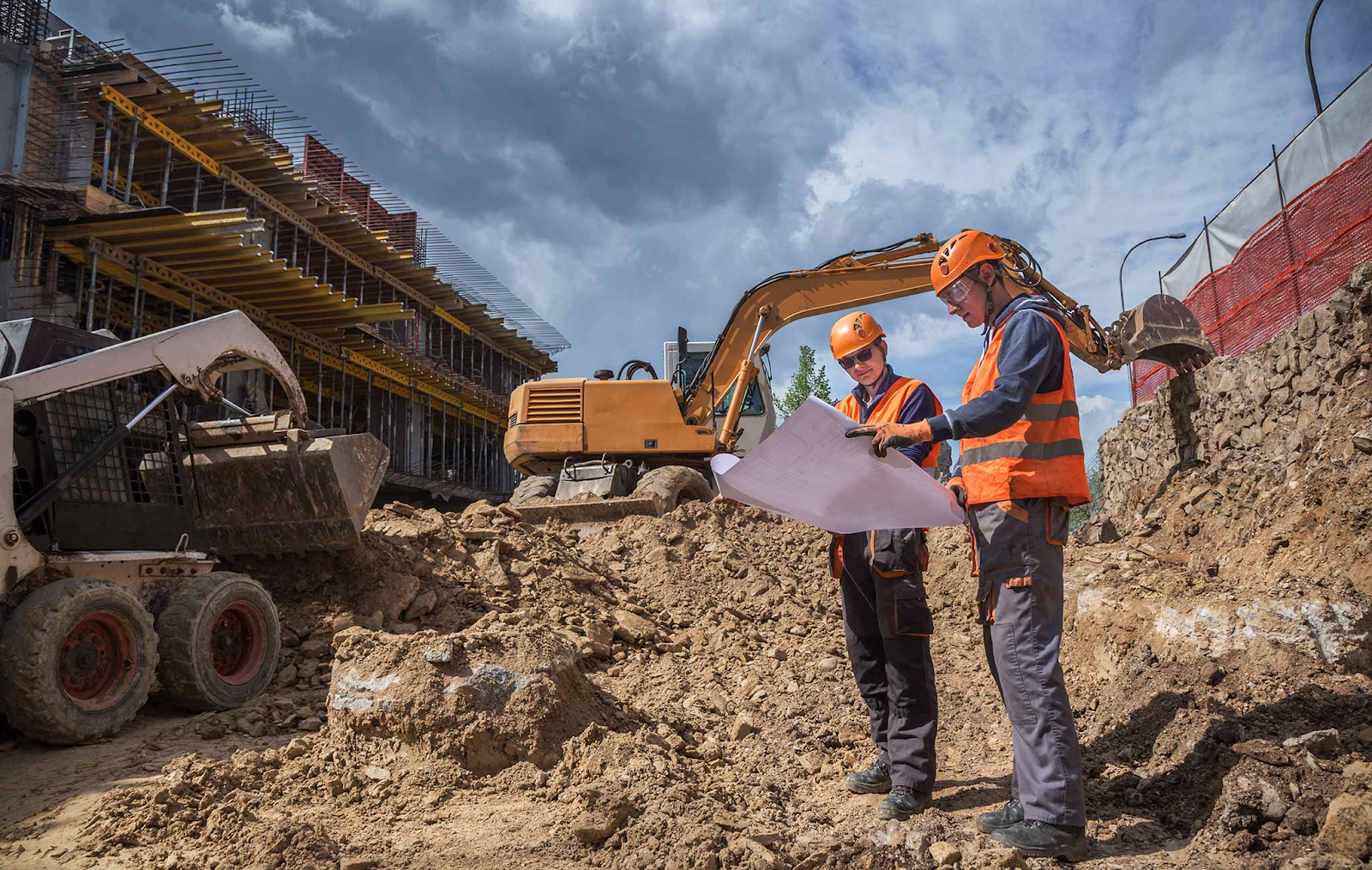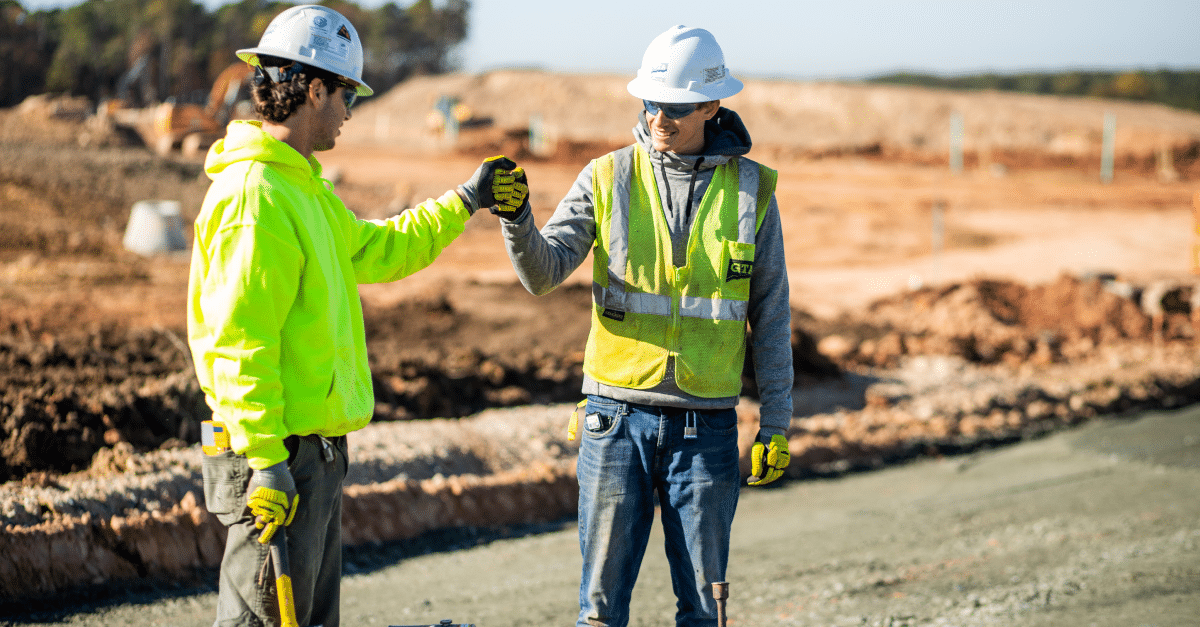Facts About Geotechnical Engineering For Construction Projects Uncovered
Table of ContentsFascination About Geotechnical Engineering For Construction ProjectsThe smart Trick of Geotechnical Engineering For Construction Projects That Nobody is Talking AboutA Biased View of Geotechnical Engineering For Construction ProjectsFacts About Geotechnical Engineering For Construction Projects UncoveredAn Unbiased View of Geotechnical Engineering For Construction Projects
Throughout the examination, it is vital to drill at the required depth and the required number of holes as per the referral of the Canadian Foundation Layout standard. Occasionally, the owner may conserve some Geotechnical Investigation price yet wind up spending more than the prepared for during the building and construction expense.The obligations of the geotechnical expert entail giving material screening for building and construction assistance. Geotechnical Engineering for Construction Projects. Geotechnical engineers analyse all the area examination records to make certain that construction is taking place based on the job specification. Throughout construction, a confirmatory examination for dirt compaction is done on-site to make certain that no future negotiation occurs
After the concrete is put -7 days and 28 days- examinations are conducted on concrete samples gathered from the website to guarantee that the concrete put satisfies the design standard. Asphalt core is taken after the Asphalt is laid and compressed to validate that it fulfills the style standard. All laboratory examination reports are evaluated by the Geotechnical Engineer to make sure that it satisfies the job spec.
Geotechnical Engineering For Construction Projects for Dummies

Geotechnical engineering plays an important function in guaranteeing the security of building and construction tasks. Find out just how it affects layout and general task success. Geotechnical engineering is an essential branch of civil design that focuses on recognizing the practices of planet products, such as dirt and rock. It includes evaluating subsurface conditions to make certain that a structure's foundation or framework is steady and secure.

For a reliable structure and a smooth construction process, depend supply the know-how you need. Contact to get specialist recommendations and geotechnical solutions customized to your next job.
Some Known Details About Geotechnical Engineering For Construction Projects
When starting a land growth project, understanding the ground beneath your feet is as important as the frameworks you intend to develop over it. Our Geotechnical Engineering group analyse the ground, guaranteeing it appropriates for the suggested development while offering you with the details called for to fulfill your task objectives.
Geotechnical Design checks out the formation of the ground, as it is the structure blocks for all projects. Where structures require to be designed relative to the ground conditions; ground problems (e.g., soft ground) may need enhancing depending on the size of the intended structure. Before structure, you require to learn about the groundwater, dirt structure, and liquefaction likelihood of your land.
For websites that are not linked on the regional authority facilities additional website examinations would certainly be needed to supply technical inputs for on-site stormwater and wastewater. We have actually experienced Geotechnical Designers based in each office, sustaining your geotechnical requirements nationwide. Connect to us to talk about just how we can sustain your next job.
These records are tailored to satisfy the particular requirements of a project and consist of layout parameters and advice for the building of a variety of synthetic structures. As offering working as a consultant services covering areas such as incline stability and load-bearing abilities for different products, these designers carry out research and growth tasks to improve techniques, tools, materials knowledge and analysis covering entire lifecycles.
What Does Geotechnical Engineering For Construction Projects Mean?

Rates of pay normally increase as your knowledge and abilities grow, with standards directing to a graduate starting income of between 18,000 and 28,000 per year in the UK. This rises to 26,000 to 36,000 with a couple of years of experience and afterwards reaching 40,000 to 60,000+ for elderly, chartered or master designers.
Nonetheless, with the ideal application it is feasible to master the occupation and gain access to a tough yet gratifying and important occupation. A geologist would require to retrain to become a geotechnical engineer, although there is lots of cross-over in between the two careers, which could make this easier - Geotechnical Engineering for Construction Projects. Geologists require to have an understanding of soils, rocks and various other materials from a scientific point of view, while geotechnical engineers tale their expertise of matters such as dirt and rock auto mechanic, geophysics and hydrology and apply them to design and environmental tasks
When beginning, these designers will tend to function on much less intricate tasks, accumulating understanding and experience ready for more difficult work later on. Geotechnical engineers often tend to be experts in certain areas as they expand in experience, concentrating on particular facilities such as railways, roadways or water. These engineers additionally function with renewable power, offshore and onshore oil and gas, nuclear power, and much more.
Getting The Geotechnical Engineering For Construction Projects To Work
The moment taken to come to be a geotechnical designer depends upon where you are based, where you research and what level of education you intend to achieve before going into the workplace. Are you going to explore an apprenticeship, take an university degree or work on in the direction of a Master's or PhD? However, generally-speaking it takes 3-4 years to get to the standard needs to begin an occupation as a geotechnical engineer.
These operations allow specialists to assess a host of dirt auto mechanics consisting of weight, porosity, void-to-solid fragment proportion, permeability, compressibility, optimum shear strength, birthing capacity and deformations. If the structure requires a deep foundation, designers will utilize a cone penetration test to estimate the quantity of skin and end bearing resistance in the subsurface.
When analyzing an incline's equilibrium of shear anxiety and shear toughness, or its capacity to withstand and undertake movement, rotational slides and translational slides are commonly considered. Rotational slides fall short along a bent surface area, with translational slides happening on a planar surface area. A professional's goal is to determine the problems at which an incline failure might happen.
Usually, findings suggest that a website's dirt need to be treated to boost its shear stamina, stiffness and leaks in the structure before design and building. When it comes time to outline foundation strategies, experts redirected here are significantly concentrated on sustainability, more particularly exactly how to reduce a foundation's carbon footprint. One tactic has actually been to replace 20 percent of a structure's cement with fly ash, a waste product from coal fire nuclear power plant.
Comments on “The smart Trick of Geotechnical Engineering For Construction Projects That Nobody is Talking About”